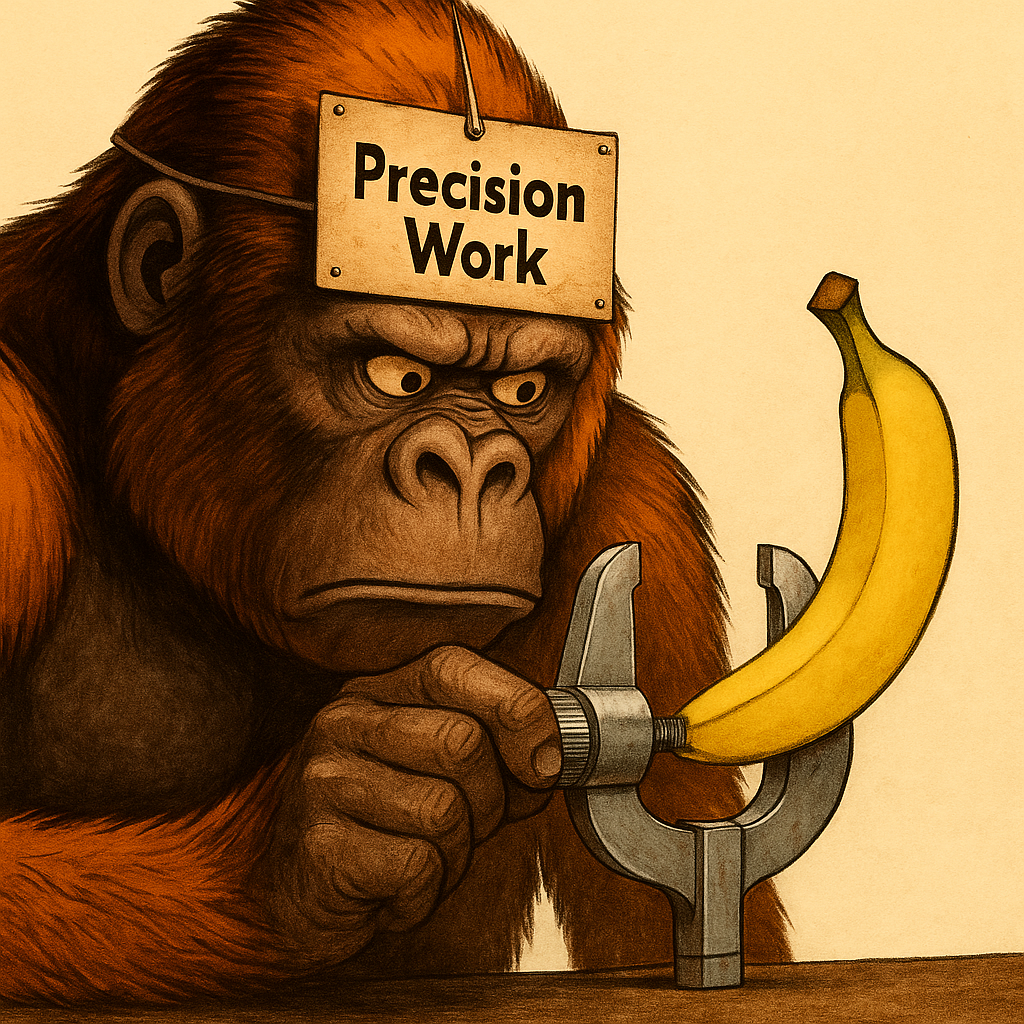
Introduction: The Science Behind Every Measurement
Metrology — the science of measurement — is one of the most quietly essential careers in manufacturing, engineering, and research.
Metrologists ensure that every dimension, angle, and tolerance meets the design intent, guaranteeing the reliability of products from aircraft engines to smartphones.
If you’re fascinated by precision, technology, and problem-solving, becoming a metrologist could be your perfect career move.
⸻
1. Understand What a Metrologist Actually Does
A metrologist’s job goes far beyond reading calipers. They are responsible for:
• Calibrating instruments to maintain traceability and accuracy.
• Inspecting parts using coordinate measuring machines (CMMs), optical systems, and laser scanners.
• Analyzing data to identify deviations and reduce measurement uncertainty.
• Developing methods for new measurement processes and quality control.
In short, they are the bridge between design, production, and quality — ensuring everyone speaks the same “language of precision.”
⸻
2. Build the Core Skills for Modern Metrology
To start your path, focus on developing these key competencies:
• Technical drawing interpretation & GD&T: Learn to read and apply geometric tolerances from standards like ASME Y14.5.
• Mathematical and analytical thinking: Understand statistics, uncertainty, and process capability (Cp, Cpk).
• Attention to detail: Even small oversights can cause measurement errors.
• Digital literacy: Become comfortable using CMM software (e.g., PC-DMIS, Zeiss Calypso, or PolyWorks).
Soft skills like communication and documentation are equally important, especially when explaining results to non-metrology professionals.
⸻
3. Get Hands-On with Measurement Tools
Hands-on experience is crucial. Start with basic tools — calipers, micrometers, and gauge blocks — and progress to advanced systems like:
• Coordinate Measuring Machines (CMMs)
• Vision and optical systems
• Surface roughness testers and form analyzers
If possible, seek internships or part-time roles in quality control labs. These provide exposure to real inspection workflows and calibration procedures.
⸻
4. Training, Certifications, and Career Pathways
Many metrologists start with a technical diploma or engineering degree, but formal education isn’t the only path.
You can build your career through on-the-job training, supplemented by certifications such as:
• ASQ Certified Calibration Technician (CCT)
• ISO 17025 Internal Auditor
• Hexagon or Mitutoyo CMM training certificates
As you gain experience, you can specialize — for example, in dimensional metrology, optical metrology, or uncertainty analysis.
⸻
5. Career Outlook and Growth
Metrologists are in high demand worldwide as manufacturing shifts toward automation and precision engineering.
Typical entry-level roles include quality inspector, CMM operator, or calibration technician, which can evolve into metrology engineer or lab manager positions with experience.
The best part? It’s a career built on continuous learning — each measurement challenge makes you sharper and more confident.
⸻
Conclusion: Your Path to Precision Starts Now
Becoming a metrologist means joining a community of professionals who ensure the world fits together — literally.
With curiosity, patience, and the right training, you can master the art and science of measurement.
Learn more about training paths and tools for metrologists at Metrology Advisor.

Comments